Growth Design and the big shift happening in our industry.
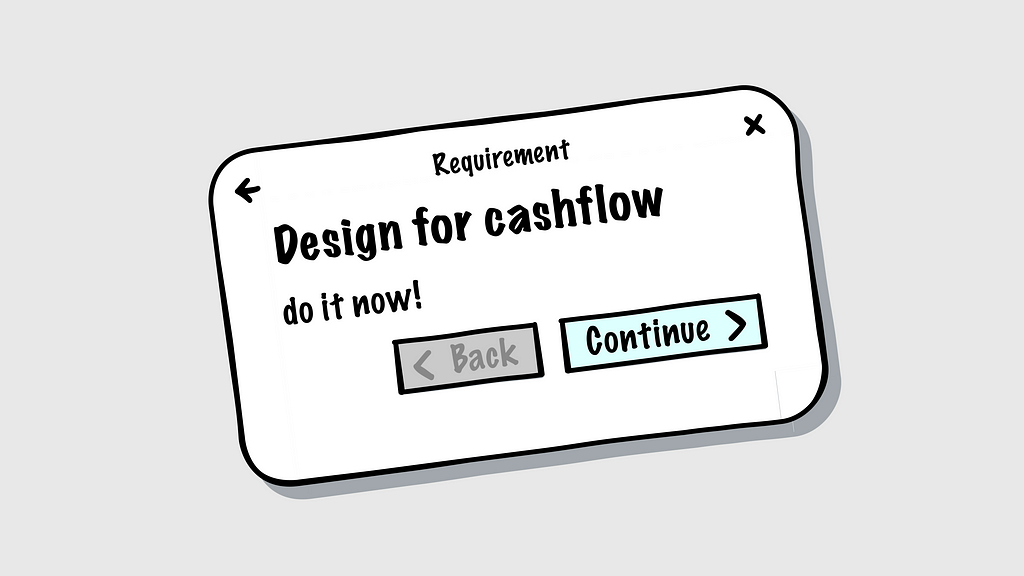
This article will take you to explore the shift in nowadays world from the focus on a user-first approach to a business-first approach, and provide you how-to guide for not only surviving but navigating this evolving UX landscape by connecting the dots between design and business.
2023 might not sound like a good year for many tech people. With the fear of recession, tech mass layoffs began and grew rapidly from one company to another. It resulted in more than 240,000 jobs lost and continued growing. There has been a big shift from the focus on a growth mindset to another set of thinking, efficiency, profitability, or any measurable metrics to tackle these stubborn market conditions. [1]
Tech professionals, including us UX practitioners, are not immune to this change. In the meantime, a huge wave is coming our way bringing the change in approach from user-first to business-first, and it is going to reshape the landscape of UX design in unprecedented ways, the way we never expected before. Now it is our turn to ask ourselves, is it time for us to tighten our belts and brace ourselves for the unpredictable ride this rollercoaster is about to take us on?
User-centric design alone now might not be flavored
In the ever-changing landscape of 2023, businesses are honing in on product, design, and innovation to ensure measurable returns, and quick growth with less human and time resources. I have always nodded along in agreement with what written by Kate Syuma, former Head of Growth Design at Miro, in her article, From UX to Growth Design: 5 Principles to Multiply Your Value.
“Traditional UX design used to have a more spacious room to envision the best possible future: start with great foundational research, go step by step through double-diamond, ending up with holistic redesign and steady development. I’m afraid we don’t have this luxury in 2023.[2]”, said Kate Syuma
As designers, we are experiencing a decline in our influence within organizations, finding ourselves in an era where user-centric design is unfortunately an afterthought [3]. “The State of UX in 2024” advises us, designers, to embrace learning the business language and connecting the dots between our designs and their impact on business outcomes.
However, embracing business thinking also proves to be a considerable challenge for us, sometimes it even leads to a sense of contradiction and resistance amongst designer fellows. The big question lingers: Can we, as UX folks, navigate and thrive amidst this chaos?, especially when it seems like UX and Business have been perceived as two separate worlds all this time?
Why is the dot between business and design disconnected?
Design education and community.
I related deeply to Darren Yeo’s story when I read his article. Because whenever we talk about business, there is always this noticeable resistance[4]. During my time in bootcamp, the narrative often painted business as the villain and design as the hero. They portrayed the harsh side of business which is greedily obsessed with money and profits, with designers and their design principles emerging as the saviors, dedicated to solving users’ problems. This stereotype created a bias in us. Now, whenever business-related discussions come up, or you get to meet with those business professionals, the meeting often feels like a clash rather than a friendly collaboration.
The process
the process itself becomes a significant factor contributing to the disconnect. The reality is that much of design work is operational, while strategic numerical aspects often fall under the lap of business and marketing teams. As each team focuses solely on their specific tasks, the bridge between strategy and operation gets severed. Therefore, as a designer, we design what strategy and tactics state to work, and make sure it offers good experiences to users. And that is all. It is not uncommon for designers to appear clueless when asked about the business impact of their designs. The reason lies in the fact that we are seldom involved in strategic considerations right from the start.
![Three levels of work in organizations and how the strategy and operation disconnet(Image source: Dennis Hambeukers from his article A new model of the design process [5])](https://cdn-images-1.medium.com/max/1024/1*OA-KZzEjkqpgp25Ec2-9jg.png)
Exploring the Current UX practice: A Prelude to Business Integration
While the line between Business and UX design is cut off by both UX education and the working process, it tends to pull us away from the big picture, urging us to focus solely on the user. Due to these contraints, it gradually evolves into a way of working, or a sort of natural steps we seem to follow both willingly and unwillingly.
This is what I am interested in, and eager to understand more, I just get a feeling that, to connect the dots between design and business, we have got to start by figuring out where we are all standing first. Therefore, whenever I meet with fellow designers, I often ask them to do some design challenge. It is a challenge with a set of requirements and constraints under limited time so, it feels a bit more serious and a bit like the real setting of work environment.
I expect to see that pattern, how we react, and tackle the challenge. And, after conducting this sort of challenge with more than 10 designers, that pattern reveals. Here below is an example to illustrate the idea.
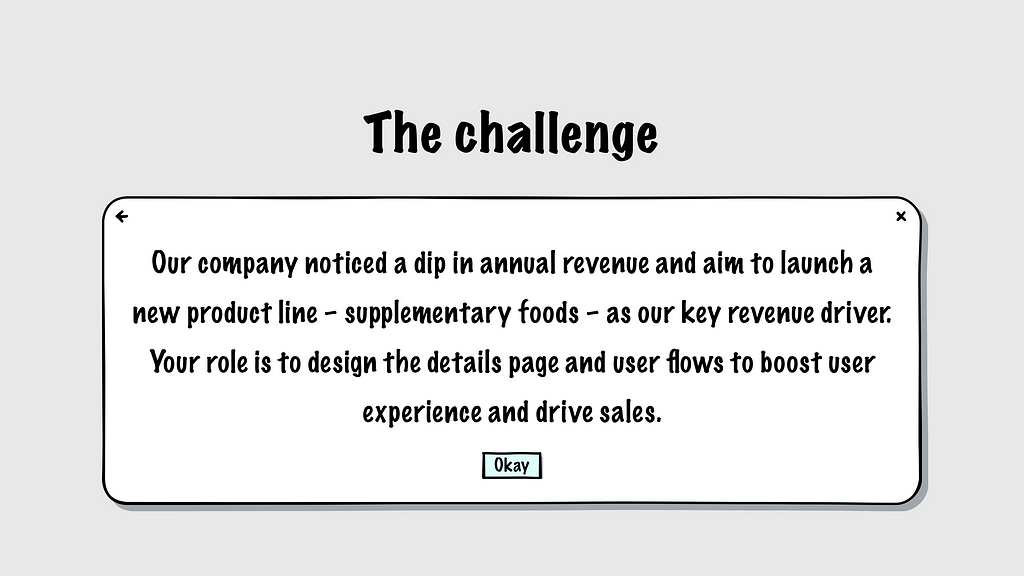
The pattern
I deeply understand most of us are well-trained with the principle of design process, the so-called double diamond. We know the real gem of it belongs to how it starts with investigating problems, before going further into the deeper shape of diamonds to ensure the problem is certainly there, and the solution is matched perfectly with the problem.
However, the reality is that the design process is seldom a linear journey, kicking off with user research and smoothly progressing to design, and testing. More often, clients or managers approach us with a design brief that lacks room for designers to explore the problem space thoroughly[5]. Therefore, this challenge is the same as it, quick, and short.
What surprised me was that, despite having these constraints, our user-centric approach still goes on, most of us choose to :
- Zoom in and jump into user’s shoes
- Identify who this person is, and what his/her story is like
- Understand his/her problems and goals
2. Learning from Industry’s standard: Reduce user learning
- Conduct competitors’ research and see how they design both interfaces and experiences in this specific case
- Benchmark and cherry-pick what is considered to offer a good experience
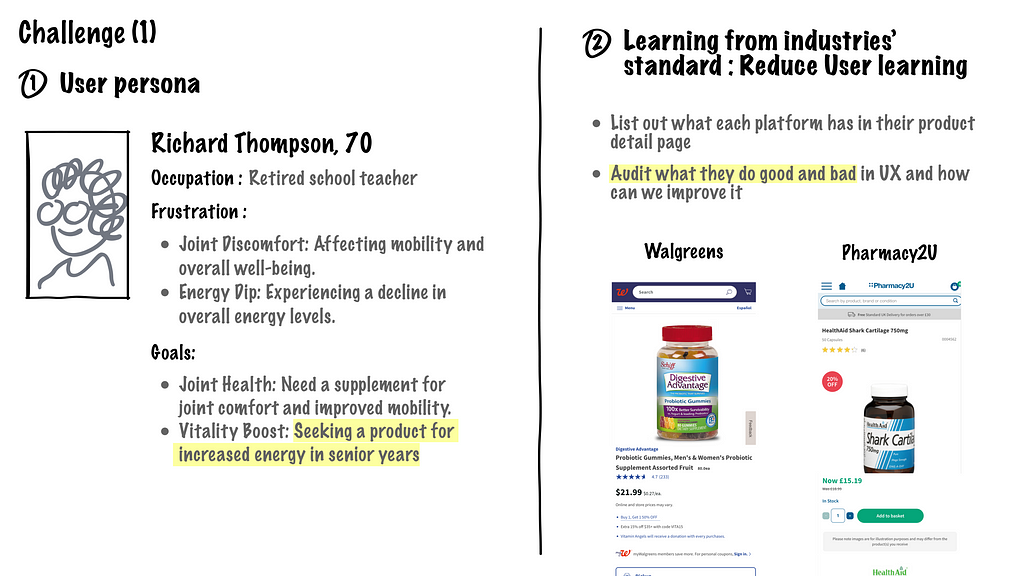
3. Ideation: Generating More Ideas
- Brainstorming ideas from persona and competitor research
- Write down a comprehensive to-do list to guide the implementation and problem-solving process.
4. Design
- Dive into the design phase! Bring those ideas to life
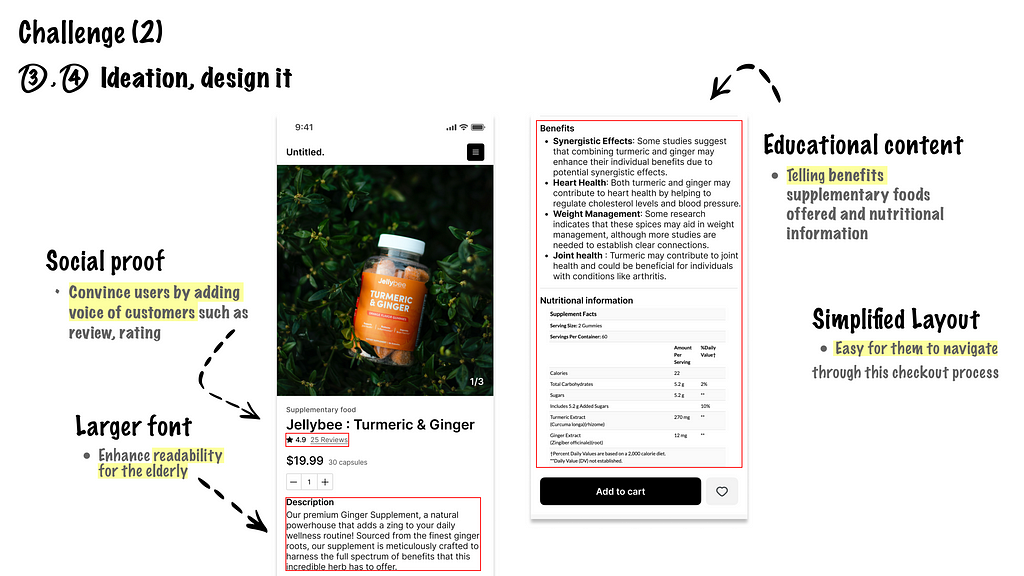
Now the Communication Gap
When the design is done, it is the time to communicate our design to stakeholders. It is typical to highlight our contributions to the craft — discussing the research, design processes, and the principles that shape our work. Consequently, we often find ourselves delving into these design jargon,
including terms like,
- User-centric design
- Readability for the elderly
- The theory of social proof
However, that is where the communication gap happens, and also when the disconnect between UX Design and Business world gets revealed. It is important to acknowledge that business professionals may not readily grasp the inherent value within these design principles and concepts (just like the way we struggle with business jargon). While there is potential for them to recognize that the design improves the user-friendly experience for the targeted audience, bridging the gap to showcase its concrete impact on the business still remains a challenge. Particularly in this chaos time, it is not weird for them to start questioning our design, these principles, and its contribution to the goals.
Those followed-up questions may sound like,
- How can we ensure that our designed solution is solid to achieve the key metric (Become a revenue driver)?
- How can we explain the connection between the design and our key metric?
These questions would sound hard, to some extent problematic, it is okay if we cannot fully answer these awkward questions right now. But I guess the time has come for us to embark on this new journey and overcome the gap.
“So while the business world was introduced to design thinking, the reverse is also true. Has the design world embraced business thinking?[6]” asked Darren Yeo
Let’s Begin Connecting the Dots: The Business Integration
How do we know that our designed solution works? Yes, we test it, and then user feels satisfied because it reduces friction for them and helps them solve their daily mess. That is how we know our solution works correctly. It can be as simple as that when we are mentioning about problem solving for users.
However, when the problem-solving approach transits from solving it for users to solving it for business, the complexity also rises. Our traditional practices may nicely handle the link between the solution and the user, but they fall short when it comes to addressing business dynamics.
So, how can we establish a clear connection between our design and the business context?
First, Zoom Out and Understand the Definition of Your Product’s Success
Before diving into the details which is what we are intuitively good at, it is really important to take a step back to comprehend what success means for a product/feature we are working on. In our challenge, aiming for a new revenue driver, success translates into an increase in overall revenue after post-launch. So, to grasp how your solution aligns with this end goal, it is crucial to make sure you get to understand it thoroughly.
Ask questions such as (but not limited to):
Q1: What is the definition of revenue or the revenue driver?
- This understanding delves into deeper perspectives on goals, broadening our view of potential solutions.
Q2: To what extent does an increase in revenue account for the success for our solution?
- The question helps us make sure we are on the same page. The expectation could be as low as to make this product line contribute to 5% of overall revenue contribution or as high as to make it the major contribution of overall revenue contribution.
Q3: Are there any case studies illustrating how design contributes to increasing revenue?
- Learning from industry examples provides valuable insights and best practices to inform our approach.
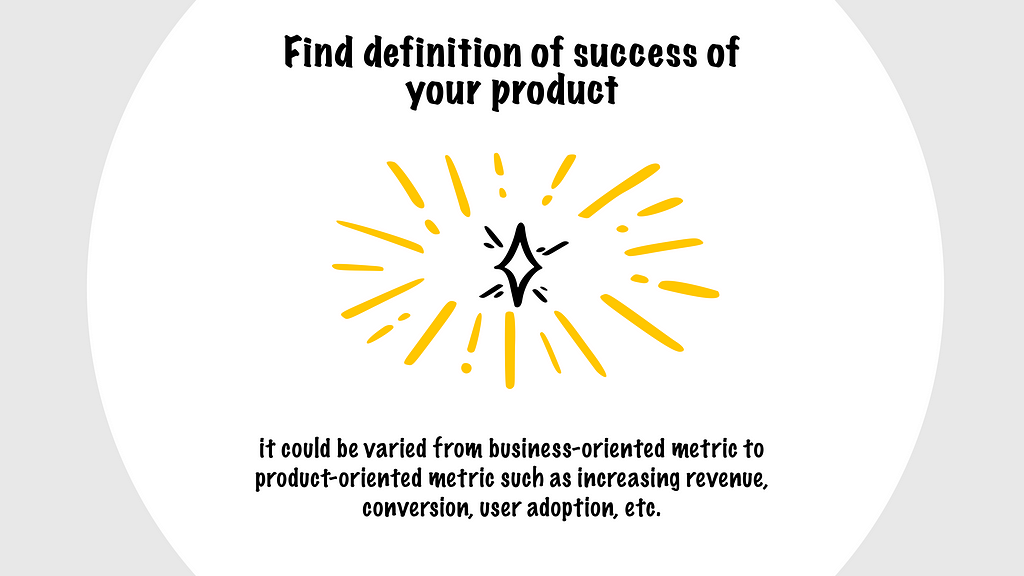
Reframing and Connecting the dot
Absolutely, having a clear understanding of your goal is valuable, but its true benefit emerges when we can connect it with our solution.
My research has delved into understanding how complex metrics connect with our creative solutions. I stumbled upon a mathematical method called
“Decomposition”, a problem-solving approach that involves breaking down a complex problem into more manageable pieces. [6]
This method, akin to the issue/ logic tree technique often used in Consulting industry, emphasizes breaking down complex problems into digestible parts and it helps us understand the context much easier.
Indeed, breaking down complex business metrics requires a foundation of business knowledge and a strategic framework.
For example,
– If you would love to design for retention improvement, you’d better know the principle of marketing funnel and life-cycle management.
– And in this case, when you are assigned to design for revenue. The profitability framework is what you cannot miss.
Here is how I break down the term “Revenue” into manageable components using the profitability framework, subsequently linking it with HMW framework.
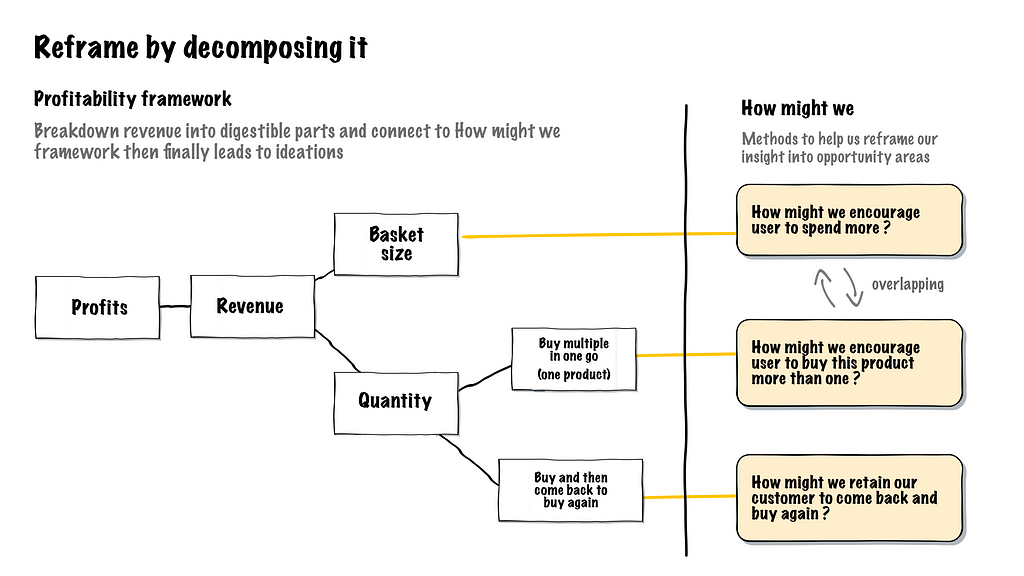
We can see how this framework helps us
- See and understand our goals/metrics more logically
- Broaden our view about the solutions and more possibilies beyond
- Connect the business to design and solution, now we can use our creativity to achieve business goals
Now, Ideate, jot down your ideas, and design it!
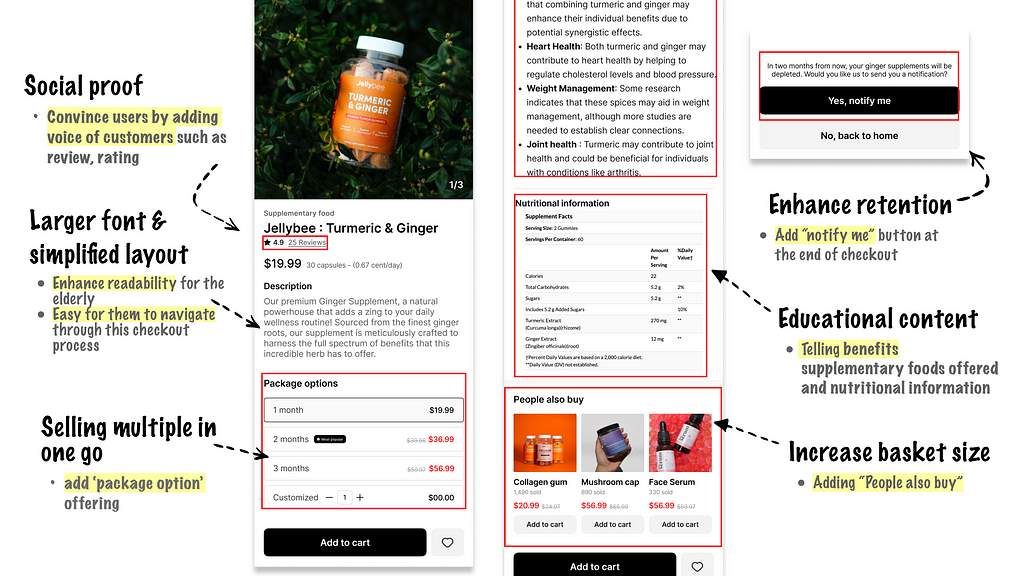
Now your design is measurable!
Now, we can articulate how our design connects to the business, allowing us to monitor and implement improvements or optimizations in the future.
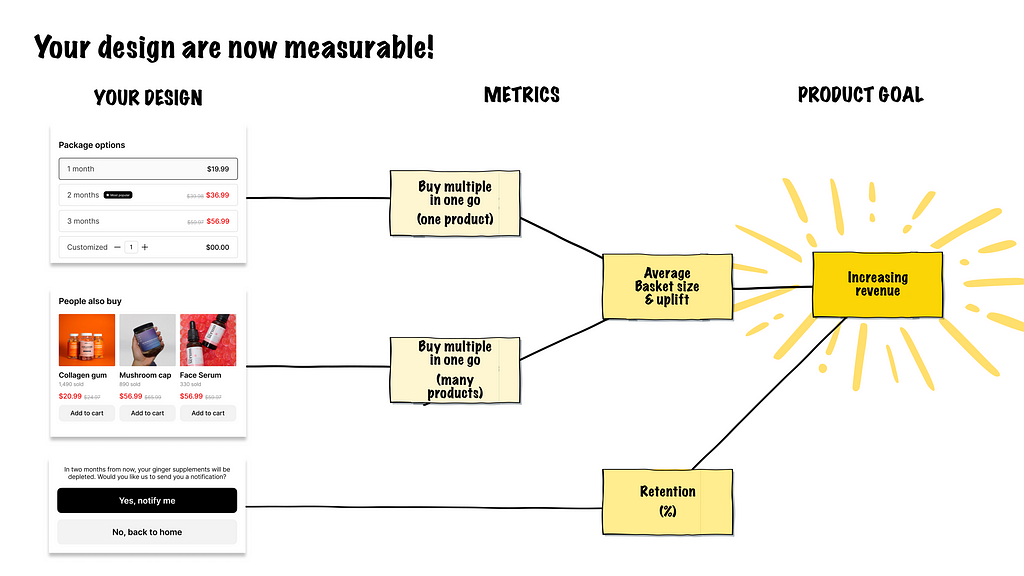
Embarking on your journey into the business world
Now, you might be wondering where to take your first step in the business world. Here are essential business and marketing insights to get you started,
Business
- Business Model Canvas
- This tool offers a holistic view of your business. Consider this your designer’s compass in the business landscape. Focusing on essentials like value propositions, revenue streams, and cost structures, it is your reliable guide for navigating the broader business picture.
2. Profitability Framework
- This framework is your business metric sidekick. It breaks down key metrics logically, making them more approachable for analysis. It is like having a trusty tool belt for understanding the business numbers.
Marketing
- Principle of Marketing Funnel
- This knowledge unveils the secrets of how users make buying decisions. Once grasped, you can seamlessly apply this understanding to both your traffic strategies and design, ensuring a user-friendly journey from awareness to conversion.
2. Growth Marketing
- This is your turbo boost in the marketing world. Growth marketing involves leveraging creative strategies and analytics to supercharge customer acquisition and retention. It’s not just marketing; it is marketing with rocket fuel! 🚀
the end is not the end
Thank you for reading thus far! This marks the end of this article and, interestingly, the commencement of your journey into Growth Design.
Indeed, stepping out of your comfort zone into the realm of numbers and business can be daunting, but consider this your first step in bridging the gap between your creative prowess and business dreams. Cheers to new beginnings and the new you! 🚀
Absolutely! I am eager to dive deeper into discussions about growth design and business. Let’s connect on LinkedIn Kati to continue this journey together. Looking forward to engaging with you! 🌐🚀
Discover more about growth design
- From UX to Growth Design: 5 Principles to Multiply Your Value, by Kate Syuma
- Understand growth design, by Carl Thomas
References
[1] TechCrunch. (2023, December 4). Tech layoffs 2023: List. Retrieved from https://techcrunch.com/2023/12/4/tech-layoffs-2023-list/
[2] Syuma, K. (n.d.). From UX to Growth Design: 5 Principles to Multiply Your Value. Retrieved from https://uxdesign.cc/from-ux-to-growth-design-5-principles-to-multiply-your-value-81278d4d3735
[3] State of UX 2024. (n.d.). Retrieved from https://trends.uxdesign.cc/
[4][6] Darren Yeo. (n.d.). The Good, Bad, and Ugly of a Designer in the Business World. Retrieved from https://uxdesign.cc/the-good-bad-and-ugly-of-a-designer-in-the-business-world-b71d875099ca
[5] Dennis Hambeukers. (n.d.). A New Model of the Design Process. Retrieved from https://medium.com/design-leadership-notebook/a-new-model-of-the-design-process-35ea103441be
[7] Stephen Boyd, Lin Xiao, Almir Mutapcic, and Jacob Mattingley. (n.d.). Notes on Decomposition methods. Retrieved from https://web.stanford.edu/class/ee364b/lectures/decomposition_notes.pdf
How a grasp of business concepts gives designers a boost was originally published in UX Collective on Medium, where people are continuing the conversation by highlighting and responding to this story.
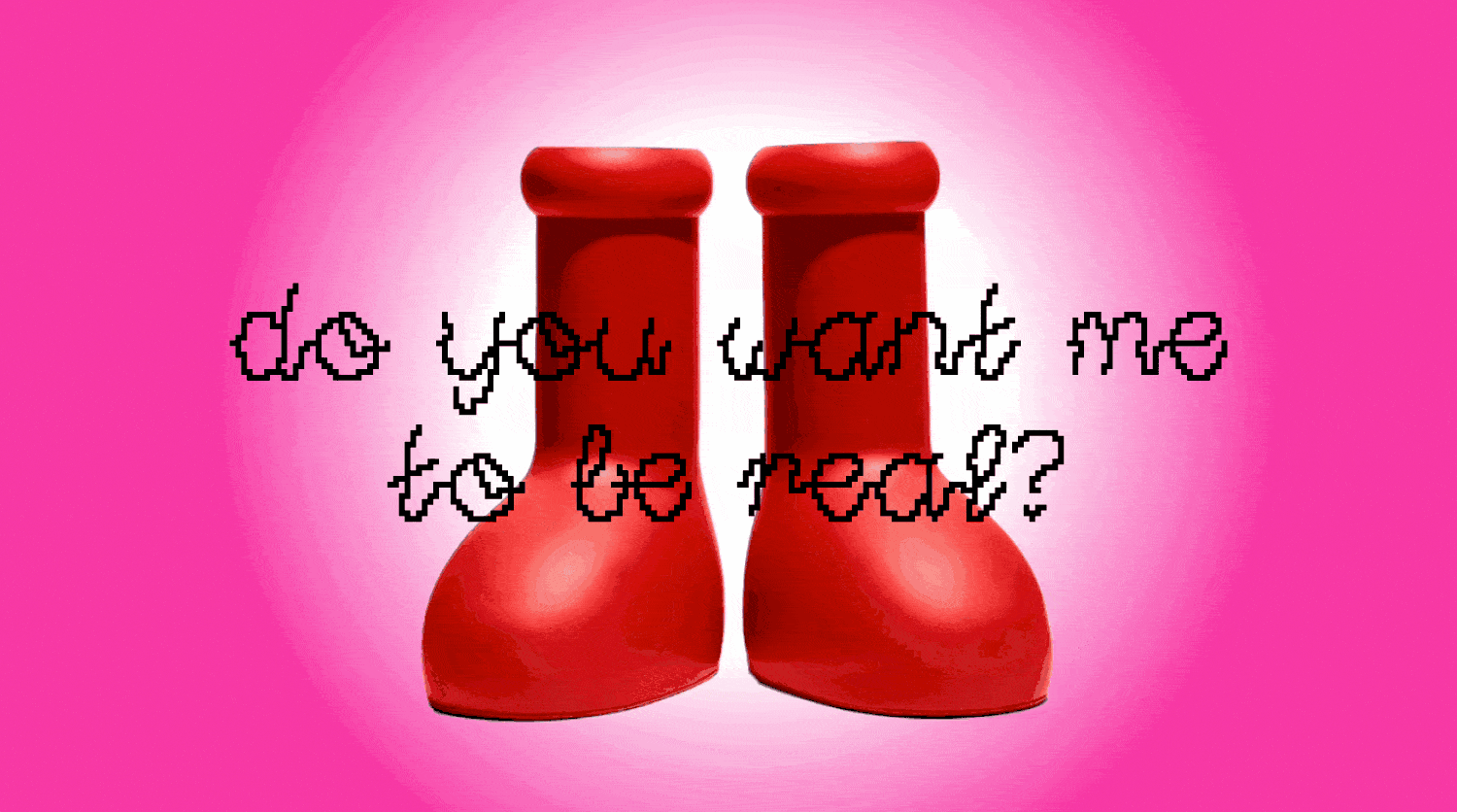

Leave a Reply